Submitted by WA Contents
OMA converted Venice’s historic building into a new department store supporting new functions
Italy Architecture News - Jun 07, 2016 - 19:18 20009 views
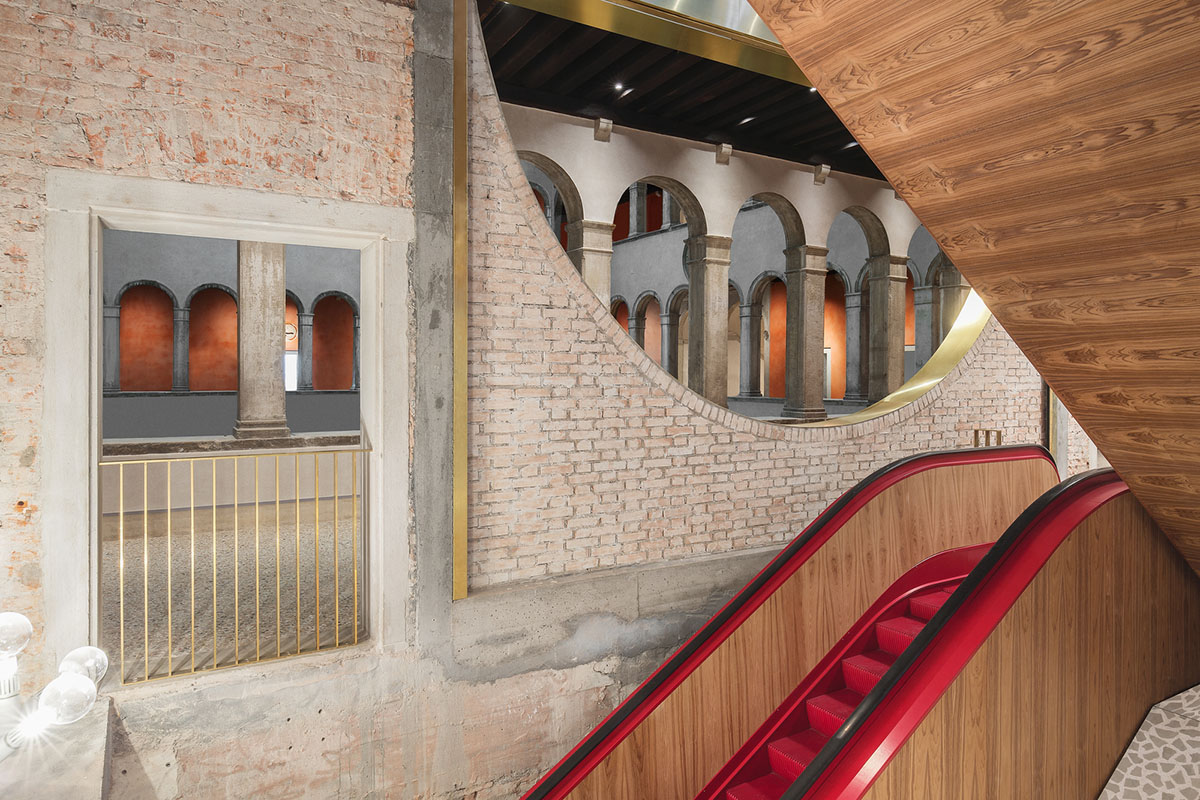
Office For Metropolitan Architecture (OMA) has recently completed its new renovation project in Venice where gets a large number visitors nowadays because of the Venice Architecture Biennale. OMA transformed Venice's the 16th Century Fondaco dei Tedeschi historic building into a new department store.
Commissioned by the Benetton family in 2009, the new building covers 9,000m2 area, now under a leasing agreement with Hong Kong-based DFS. OMA has finished its work and transferred the building to DFS for their retail fit out. The project was led by Ippolito Pestellini Laparelli, Rem Koolhaas and Silvia Sandor.
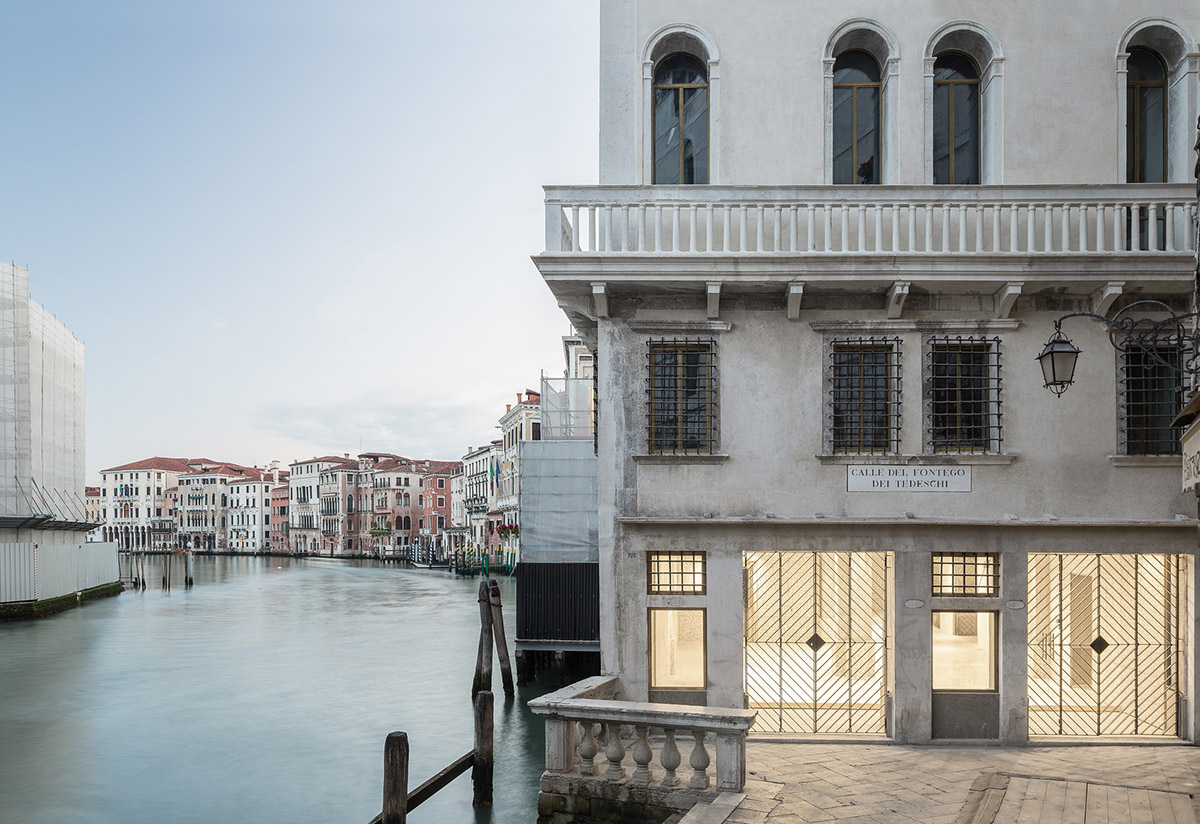
Image © Delfino Sisto Legnani, Marco Cappelletti
The historic building first constructed in 1228, and located at the foot of the Rialto Bridge across from the fish market, the Fondaco dei Tedeschi is one of Venice’s largest and most recognizable buildings. It was used as a trading post for German merchants, a customs house under Napoleon, and a post office under Mussolini. Depicted by Canaletto and other masters, and photographed countless times as the impressive but anonymous backdrop of the Rialto bridge, the Fondaco stands as a mute witness of the Venetian mercantile era, its role diminished with the progressive depopulation of Venice.
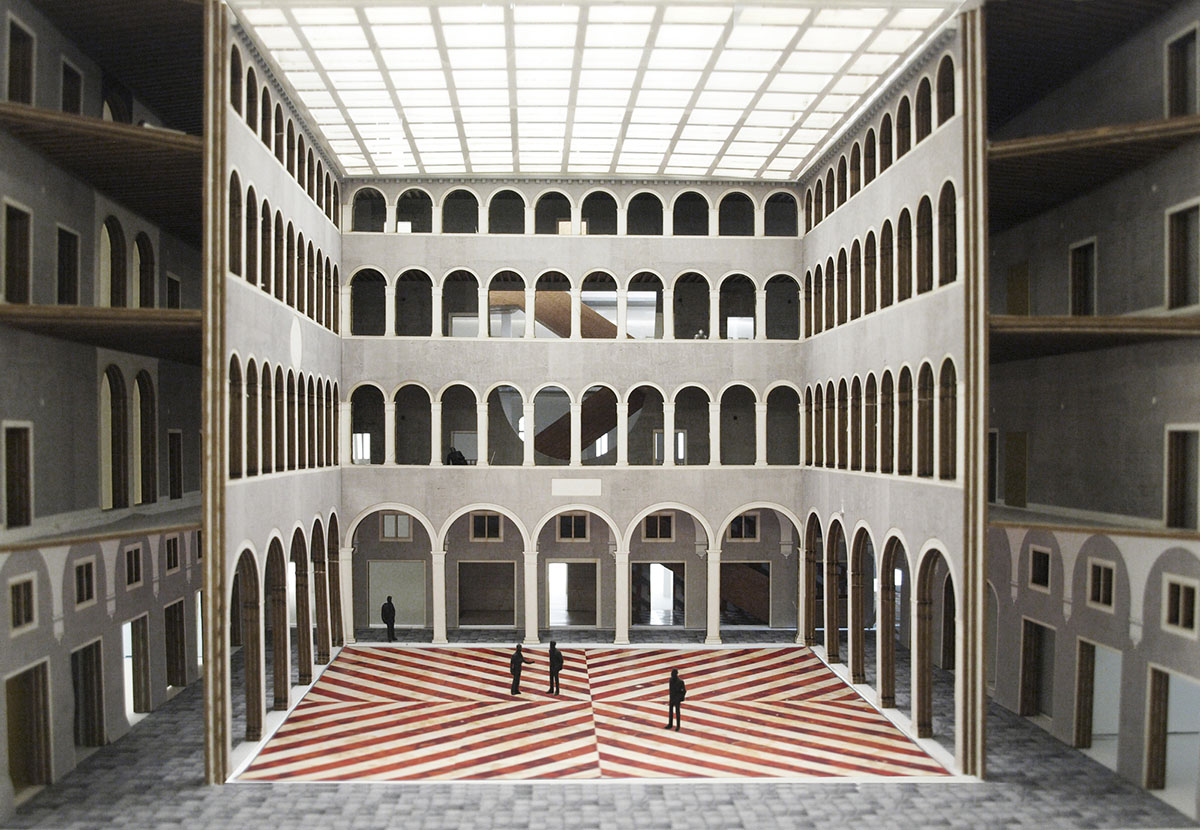
Image © OMA
OMA’s renovation scheme is based on a finite number of strategic interventions and vertical distribution devices that support the new program and define a sequence of public spaces and paths. Each intervention is conceived as an excavation through the existing mass, liberating new perspectives and unveiling the real substance of the building to its visitors, as an accumulation of authenticities.
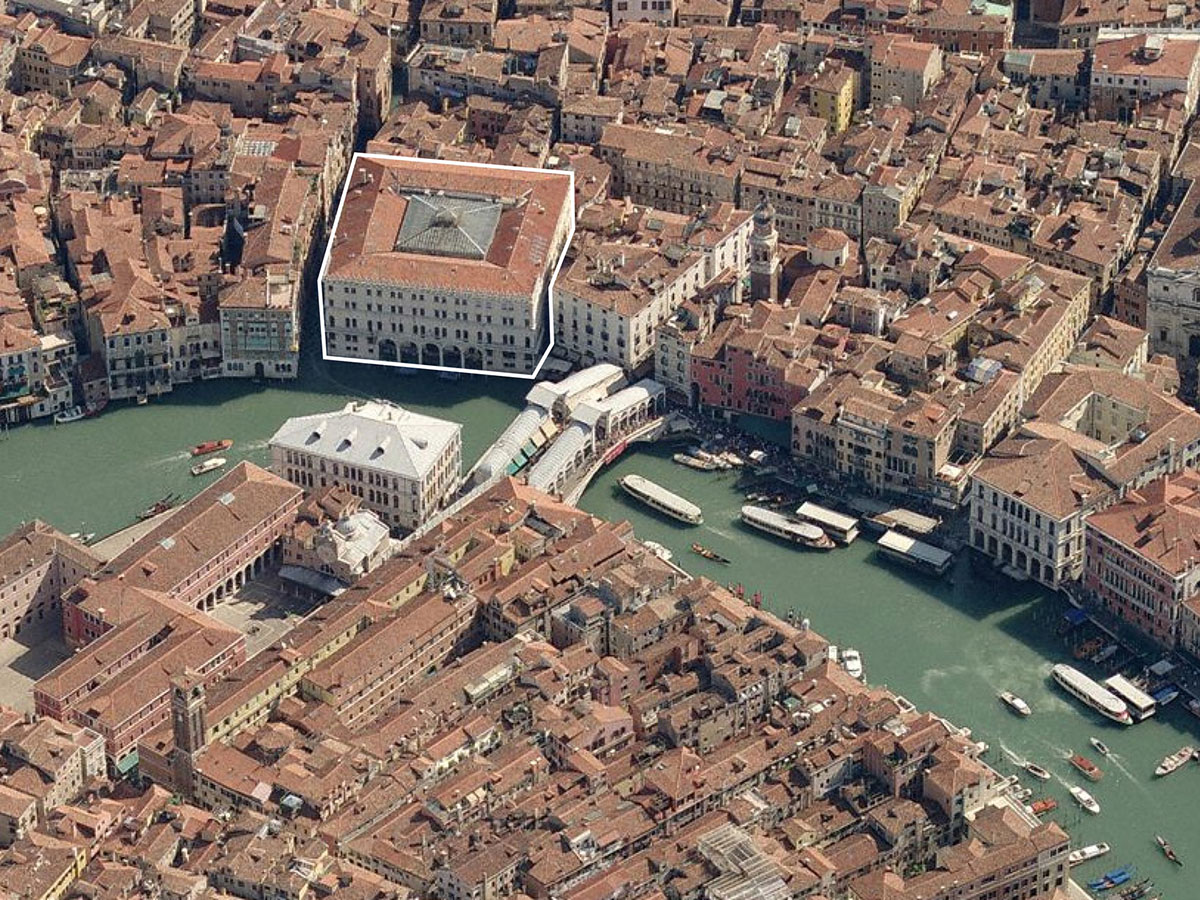
Image © OMA
The project – composed of both architecture and programming – opens the courtyard piazza to pedestrians, maintaining its historical role of covered urban ‘campo’. The new rooftop is created by the renovation of the existing 19th Century pavilion, standing over a new steel and glass floor which hovers above the central courtyard, and by the addition of a large wooden terrace with spectacular views over the city. The rooftop, together with the courtyard below, will become public venues, open to the city and accessible at all times.
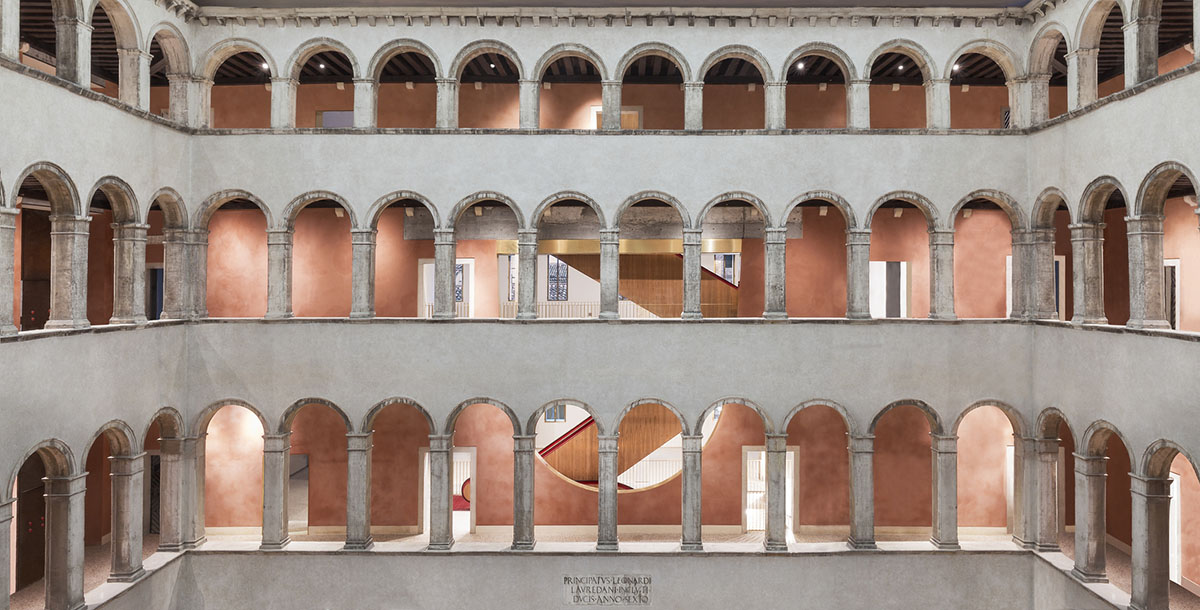
Image © Delfino Sisto Legnani, Marco Cappelletti
New entrances to the building are created from the Campo San Bartolomeo and the Rialto; existing entrances into the courtyard, used by locals as a shortcut, have been retained; escalators have been added to create a new public route through the building; rooms are consolidated in a way that respects the original sequences; crucial historic elements like the corner rooms remain untouched. Some aspects of the building, lost for centuries, have been resurrected: the walls of the gallerias will once again become a surface for frescoes, reappearing in contemporary form.
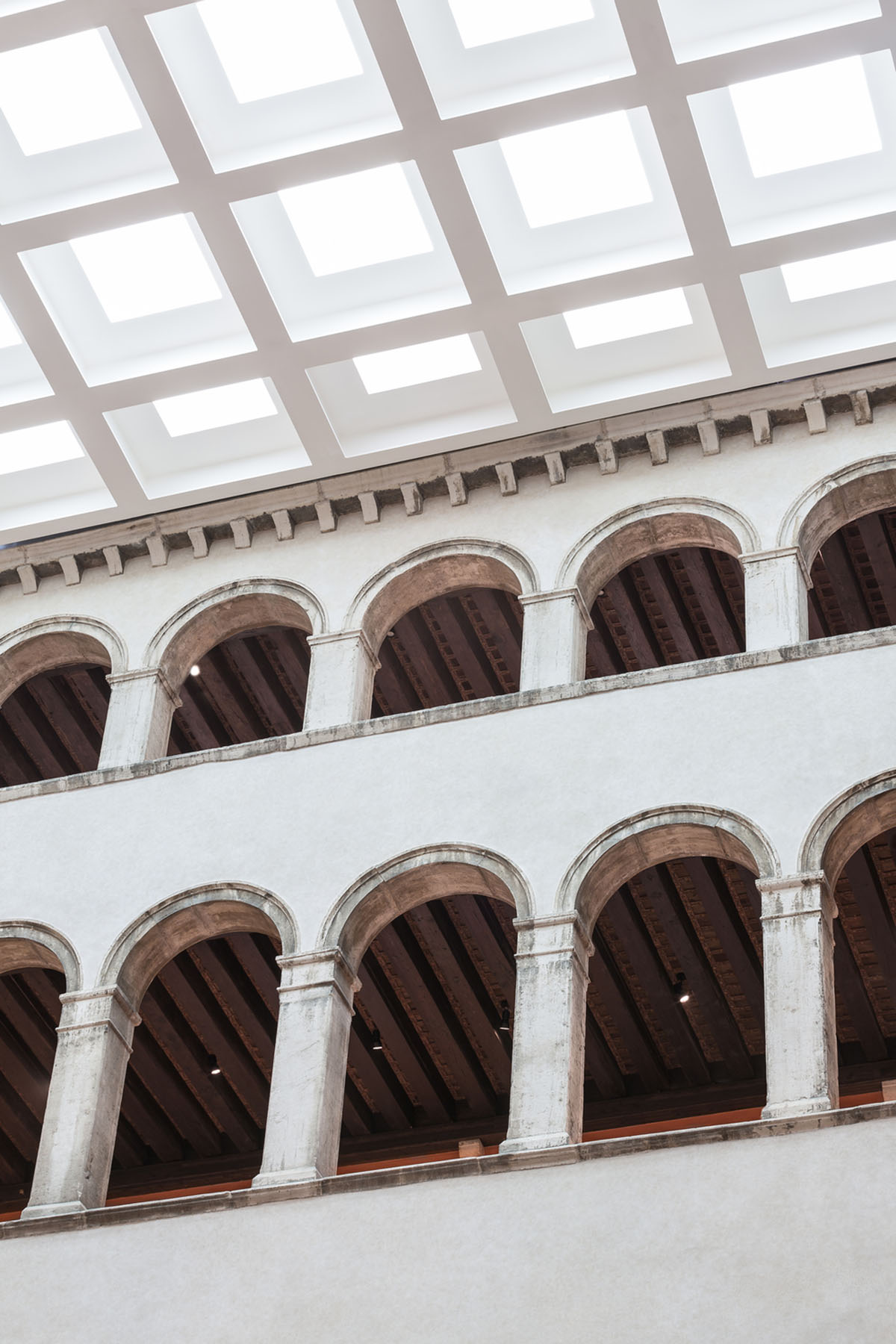
Image © Delfino Sisto Legnani, Marco Cappelletti
The Fondaco dei Tedeschi will unlock its potential as a major destination and vantage point for tourists and Venetians alike; a contemporary urban department store staging a diverse range of activities, from shopping to cultural events, social gatherings and everyday life.
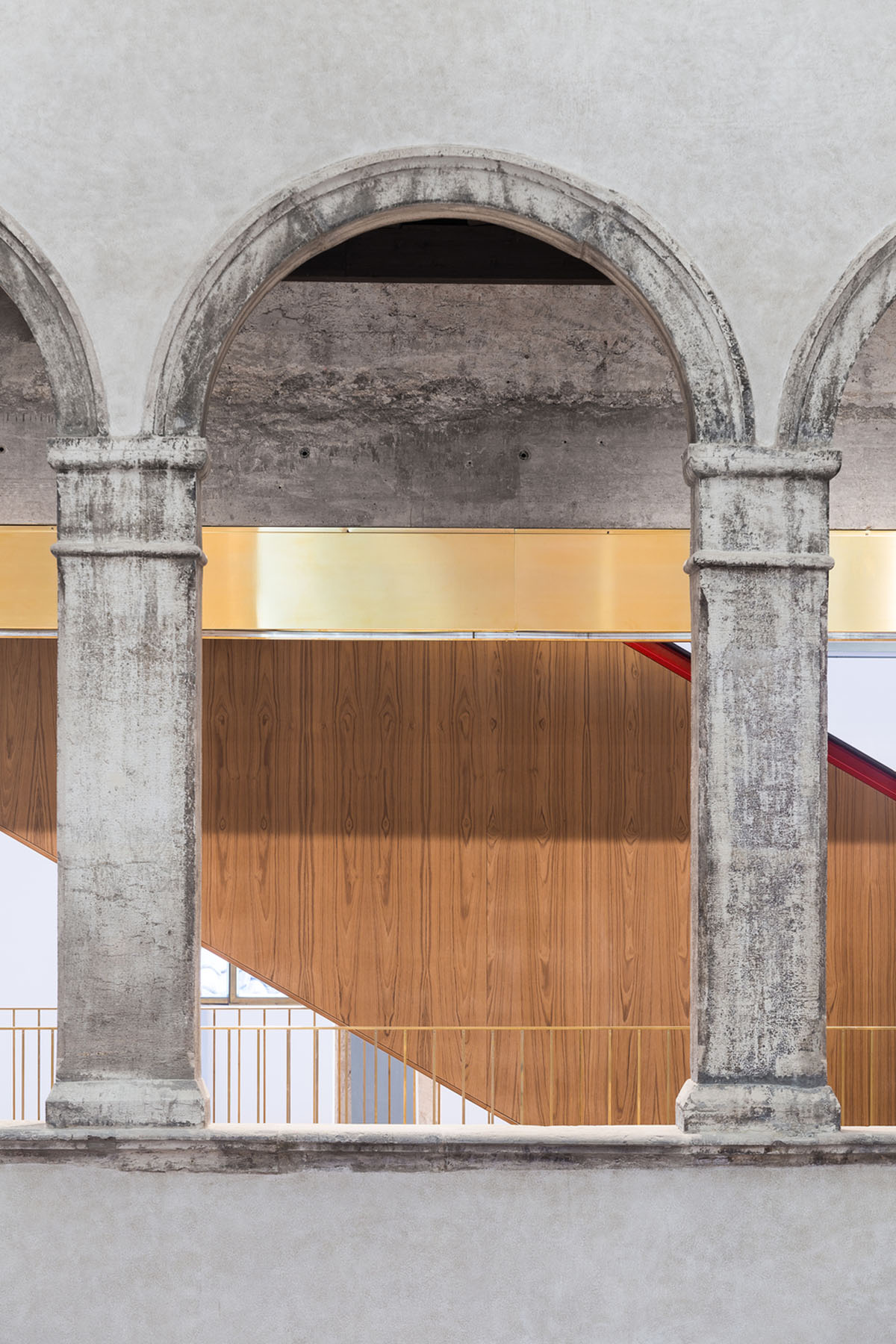
Image © Delfino Sisto Legnani, Marco Cappelletti
OMA’s renovation, both subtle and ambitious, continues the Fondaco’s tradition of vitality and adaptation, its preservation yet another chapter of the building’s illustrious and multi-layered history. It avoids nostalgic reconstructions of the past and it demystifies the ‘sacred’ image of a historical building.
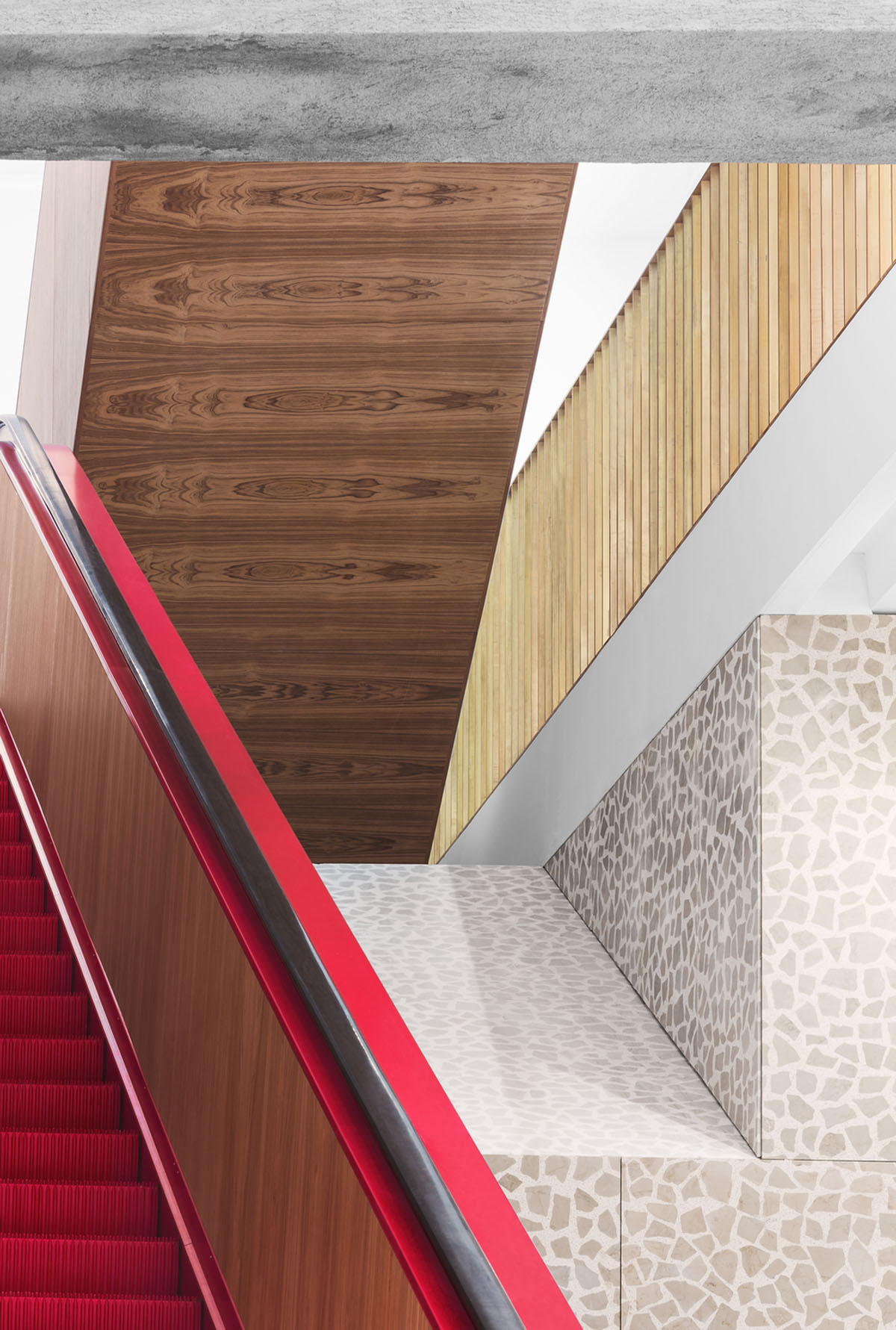
Image © Delfino Sisto Legnani, Marco Cappelletti

Image © Delfino Sisto Legnani, Marco Cappelletti
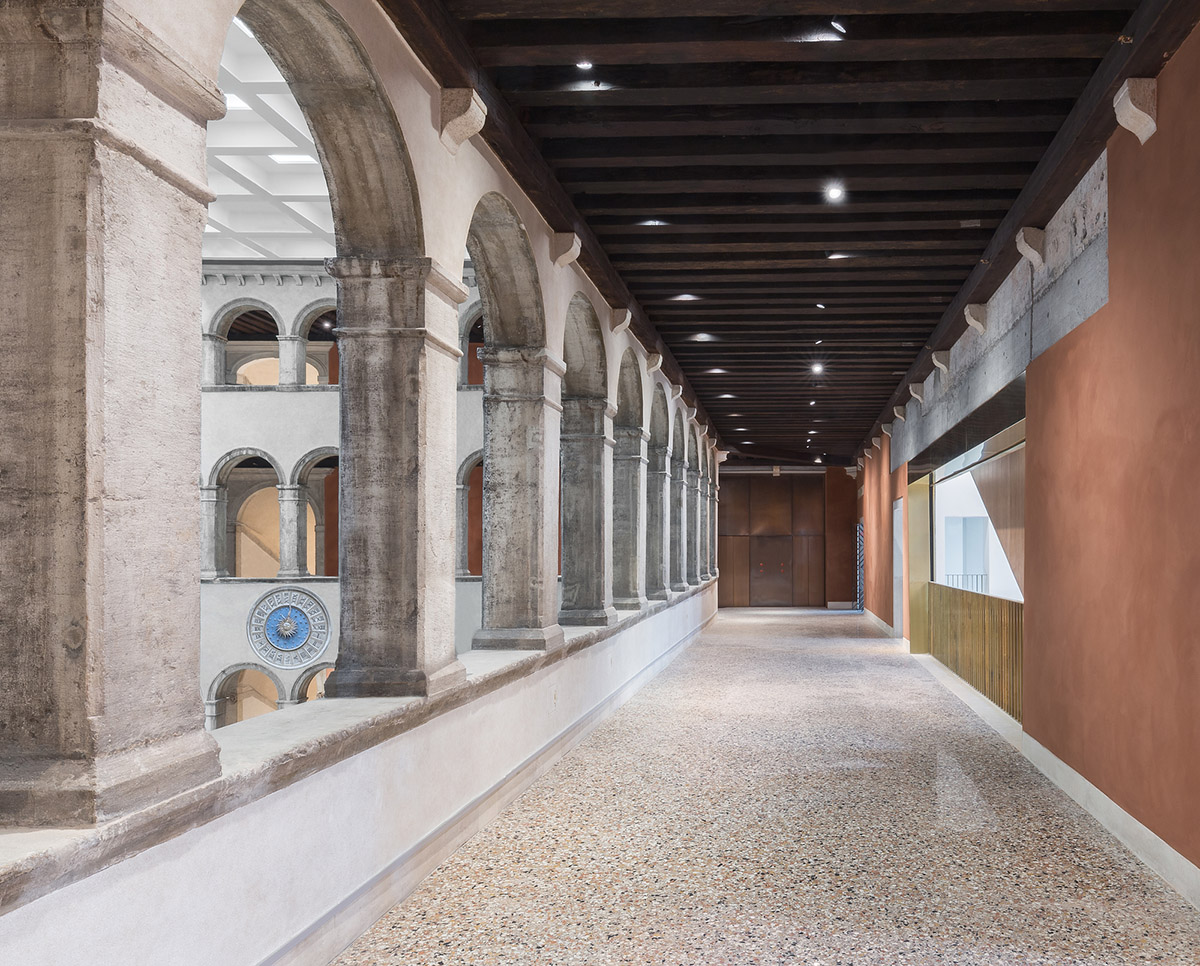
Image © Delfino Sisto Legnani, Marco Cappelletti
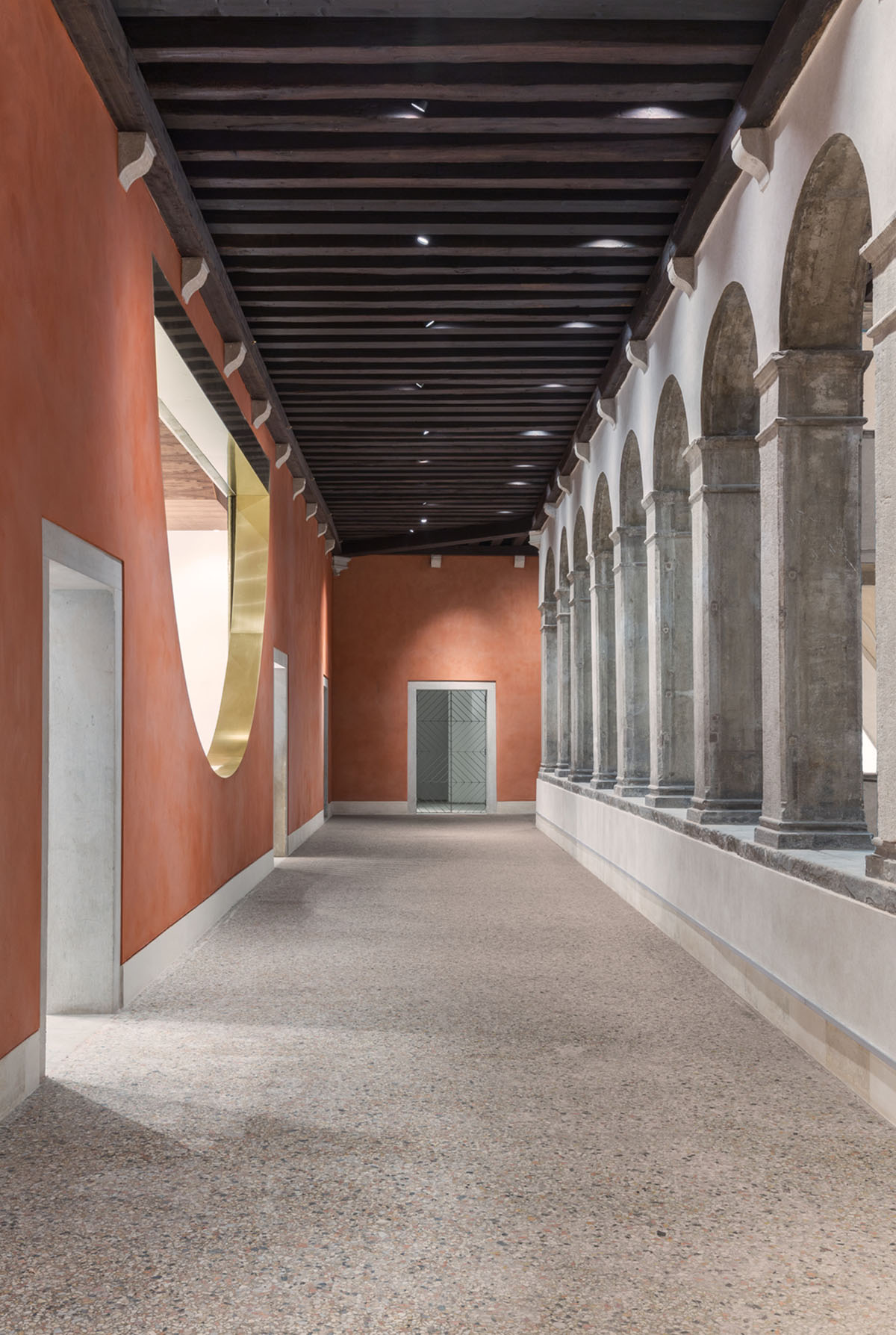
Image © Delfino Sisto Legnani, Marco Cappelletti

Image © Delfino Sisto Legnani, Marco Cappelletti
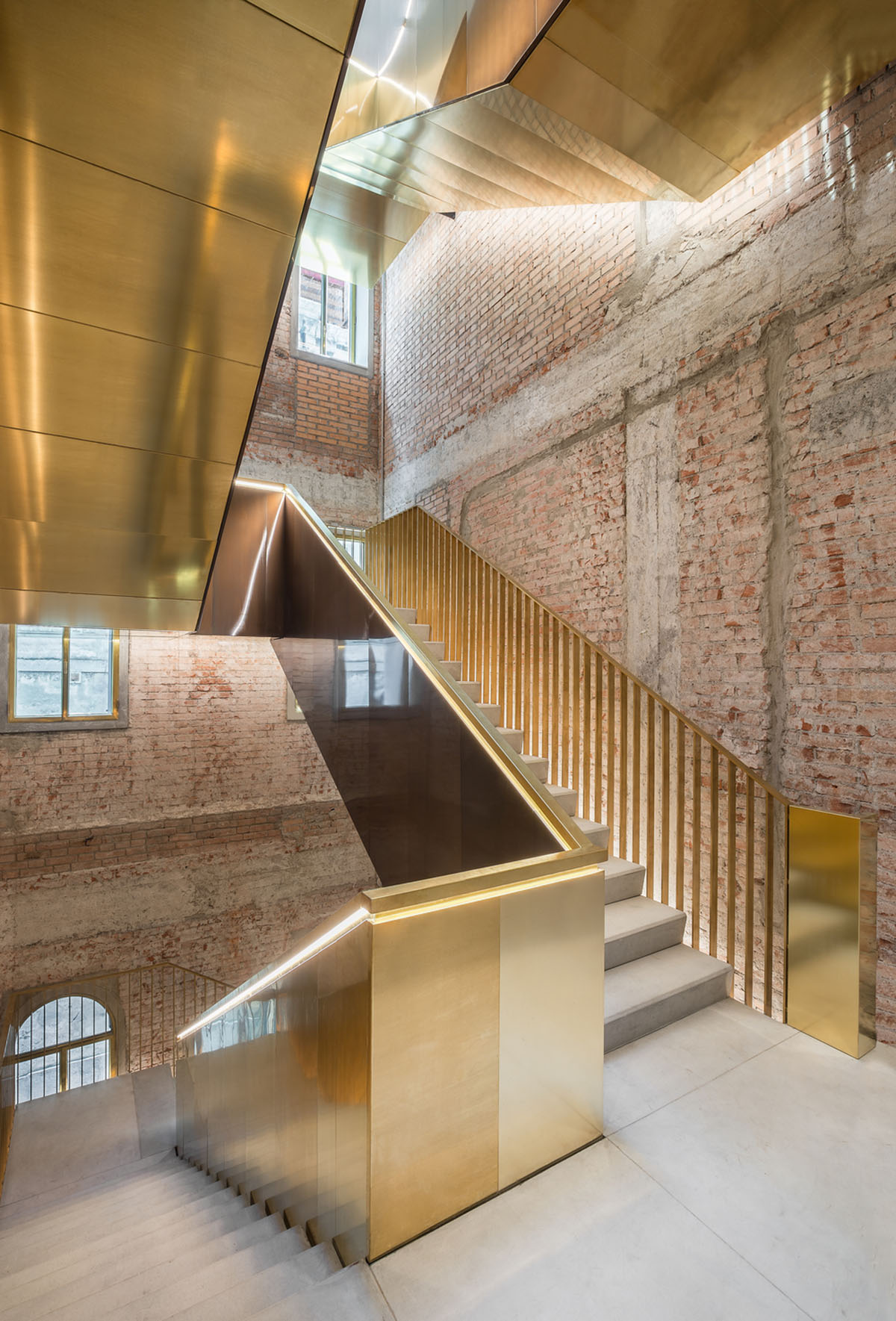
Image © Delfino Sisto Legnani, Marco Cappelletti

Image © Delfino Sisto Legnani, Marco Cappelletti
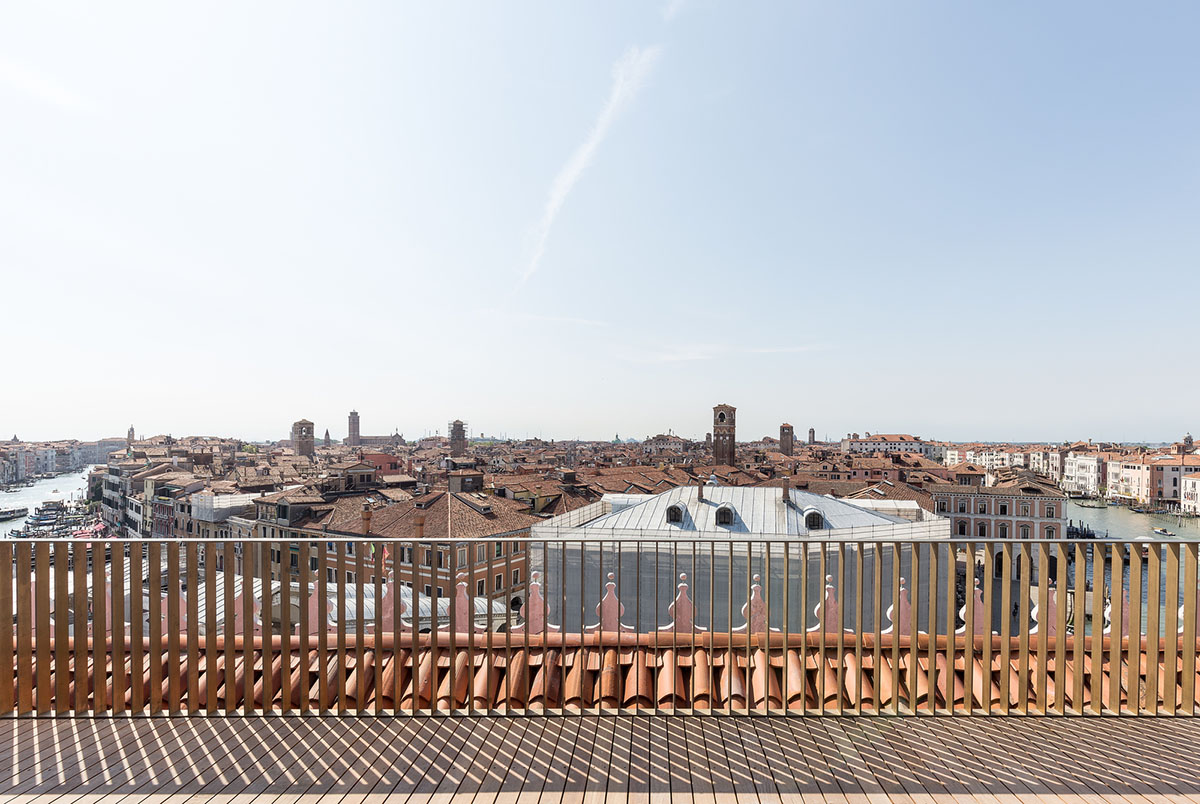
Image © Delfino Sisto Legnani, Marco Cappelletti
Project Facts
Location: Venice, Italy
Client: Edizione
Year: 2009-2016
Program: Retail
Partners: Ippolito Pestellini Laparelli, Rem Koolhaas
Project Architects: Francesco Moncada, Silvia Sandor
Team:
Associate: Ippolito Pestellini Laparelli / Team: Marco De Battista, Andrew Chau, Paul Feeney, Alice Grégoire, Ricardo Guedes, Andreas Kofler, Kayoko Ota, Pietro Pagliaro, Miriam Roure Parera, Carlos Pena, Ciprian Rasoiu, Agustín Pérez Torres.
Design development: Giacomo Ardesio, Paul Feeney, Alice Grégoire, Ricardo Guedes, Giulio Margheri, Pietro Pagliaro, Cecilia del Pozo, Ciprian Rasoiu, Jan de Ruyver, Miguel Taborda
Construction
Project architect: Silvia Sandor / Aleksandar Joksimovic, Leonardos Katsaros, Francesco Moncada, Federico Pompignoli
Collaborators
Preservation architect: TA Architettura
Structure engineer: Tecnobrevetti
MEP engineer: Politecnica Ingegneria e Architettura
Safety and coordination plan: Antonio Girello
Fire safety advisor: Sicurtecno
Cost consultant dd phase: GAD
Contractor: SACAIM
Lighting: Viabizzuno
Top image © Delfino Sisto Legnani, Marco Cappelletti
> via OMA
